10 best Miro alternatives
When you’re managing a complex project with multiple team members, the last thing you want to worry about is organizing data in a complicated or boring project management platform. Instead, why not try a solution that makes it easy to see your data all in one place? Visually driven online collaboration solutions like Miro have become popular among project managers and teams looking for a better way to handle task management and organize their data.
These visual solutions offer benefits like real-time collaboration, visualization tools, and creative organizational methods. But while Miro may be one of the most popular solutions in this space, it’s not the only one available. Some alternatives to Miro may offer better value, align more with your goals, or be easier to use.
Before deciding whether Miro or one of its alternatives would suit your needs, consider the options and what they can offer your business.
What is Miro?
Miro is a digital whiteboard and collaboration software designed to make it easier for your team to plan and visualize project ideas. This platform is used primarily by teams looking to brainstorm, collaborate, or visualize ideas such as project concepts and timelines.
This online collaborative solution is popular among teams due to its wide variety of powerful features:
- Real-time, multiuser collaboration
- Limitless canvas size
- Organizational tools like sticky notes, drawing tools, and timers
- AI-powered assistance
- Templates
- Integrations
Miro is also popular among user experience (UX) and user interface (UI) developers. Since Miro’s whiteboard can serve as a replica of a visual interface, it allows UX and UI designers to easily build out wireframes, mock-ups, and user journey maps.
These capabilities have made Miro a top contender in the project management and planning space, but there are several tools that offer similar features in a platform (or pricing plan) that may be more suited to your individual needs.
Why consider Miro alternatives?
Miro may be a top solution in the digital collaboration and project management space, but that doesn’t mean it’s the best solution for your business. You have unique needs, budget constraints, and general preferences that may align better with another solution.
What’s more, some users have found that Miro lacks certain tools they need or that the interface is too complex, creating a steep learning curve for their team.
When aiming to maximize the value of your investment, you need a solution that performs as expected, so your team can hit the ground running. That’s why it’s crucial to explore your options.
Top 10 Miro alternatives of 2025
With so many potential alternatives to Miro on the market, where do you begin? To help narrow your search, we’ve identified 10 of the top solutions and broken down some core factors to consider.
1. Lucidspark
Part of the Lucid Visual Collaboration Suite of products, Lucidspark is a virtual whiteboard solution designed to help you visualize your ideas. Lucidspark offers many of the same visual features as Miro, including sticky notes, drawing, and brainstorming tools.
Similar to Miro, Lucidspark is also designed around real-time collaboration. Your team can work within the visual Lucidspark workspace simultaneously, taking advantage of its infinite whiteboard interface to generate limitless ideas and project management possibilities.
Lucidspark also offers a variety of potential integrations, including connections to solutions like Google Workspace, Microsoft, and Slack. But its greatest add-on is its potential to connect with Lucidchart, the companion visual workflow solution offered by Lucid. Combining these tools allows you to drive collaboration and automate custom-built workflows to improve overall productivity.
- Best for: Visually driven ideation
- Developer: Lucid Software
- Key features: Infinite whiteboard, collaborative tools, integrations
- Pros: User-friendly, real-time collaboration, visually driven interface
- Cons: Limited features, learning curve, limited offline capabilities
- Pricing: Free version available; paid plans start at $9 or $10 per user, per month; Lucidspark offers custom enterprise plans and bundle plans with Lucidchart that start at $13.50 to $15 per user, per month
- G2 Rating: 4.5/5
2. Jotform Boards
Jotform Boards is a user-friendly, intuitively designed project collaboration software that makes it easy to streamline your project management process. You can choose to create a custom project board from scratch or connect to the Jotform product suite to convert form submissions into new tasks automatically, increasing the efficiency of your task organization.
If you’re looking to save time on your creation process, Jotform Boards offers users more than 1,000 free-to-use board templates. From strategy and planning board templates to project and task management templates, Jotform Boards makes it easy to generate a board that suits your needs quickly.
Boards can connect to a single form or multiple forms at once, so you can easily funnel actionable tasks into a centralized, accessible location. You can organize your board using a drag-and-drop, kanban-style interface, allowing you to organize your tasks visually across completion phases. Once your boards are set up, you can search for specific tasks using various filter fields like priority and due date.
You can also seamlessly share boards and collaborate with your team using tools like task assignment, comments, and activity logs. And you can customize boards to fit your needs, workflows, and branding. Jotform Boards offers full mobile responsiveness, meaning you can work on the go without sacrificing functionality.
- Best for: Project management
- Developer: Jotform
- Key features: Custom project boards, connected to the Jotform suite, templates
- Pros: User-friendly, mobile-friendly, fully customizable
- Cons: Newer to the market, may lack some advanced features specific to Miro
- Pricing: Free version available; paid versions range from $34 to $99 per month, along with custom-priced enterprise plans
- G2 Rating: 4.7/5
3. Microsoft Whiteboard
If you are an existing Microsoft 365 user, you already have access to a Miro alternative through Microsoft Whiteboard. This digital whiteboard solution is similar to Miro in that it provides your team with visually driven collaboration tools. However, it differs in the extent of its capabilities.
That being said, Microsoft Whiteboard may suffice if you are looking for a simple whiteboard solution, especially if you’re already a Microsoft user. While this solution may not provide all the tools that Miro or other Miro alternatives do, it’s a good starting point if you’re just delving into whiteboard-style software.
Microsoft Whiteboard also allows collaboration, even creating and using Whiteboards in real time on Microsoft Teams meetings. What’s more, Microsoft Whiteboard integrates with Microsoft’s AI solution, Copilot, meaning you can accelerate your process with an extra AI assistant.
- Best for: Microsoft users
- Developer: Microsoft
- Key features: Collaborative whiteboard interface, Microsoft Copilot, board templates
- Pros: Connection to Microsoft suite, free for existing Microsoft users, real-time collaboration tools
- Cons: Limited features, limited customization, lack of integrations
- Pricing: Available as part of the Microsoft 365 subscription, which ranges from $6 to $22 per user, per month, for business plans
- G2 Rating: 4/5
4. FigJam
Part of the Figma suite of products, FigJam is Figma’s dedicated digital whiteboard solution. FigJam offers numerous features to support business collaboration. From visual brainstorming to building agile workflows, this solution is simple, visually appealing, and powerful.
FigJam is enhanced by Figma’s AI assistant. Using Figma’s AI tools, you can generate custom templates and visuals to level up your whiteboard. You can add AI-driven automations to your project management tasks; sort items and summarize key points to streamline your organization.
Through the customized FigJam whiteboard interface, you can easily design a collaborative space that fits any project. FigJam helps cut back on your whiteboard design time by offering more than 300 ready-to-use templates.
FigJam makes it easy for your team to collaborate in real time with communication tools like live chat, comments, reactions, emotes, and even audio chat. You can even open access to collaborators outside of your organization. FigJam allows you to invite guests to access your whiteboards for up to 24 hours without creating a login.
- Best for: Figma users
- Developer: Figma
- Key features: Live collaborations, visual whiteboard tools, templates
- Pros: AI-driven tools, free guest collaborator access, powerful features
- Cons: Limited functionality with free versions, expensive for higher tiers
- Pricing: Free version available; paid tiers for a basic collab plan from $3 to $5 per seat, per month; other Figma plans, including developer and full versions, from $12 to $90 per seat, per month
- G2 Rating: 4.6/5
5. Mural
Mural is a whiteboard tool that emphasizes security and work. Unlike other tools, which may be more creatively focused, Mural positions itself as a solution for teams looking to improve their go-to-market efficiency. Through their dynamic visual work platform, teams can collaborate in real time with tools designed to streamline the way work is done.
One of Mural’s key features is its Facilitation Superpowers tool. Capabilities like timers, the ability to summon participants to whiteboard elements, element locks, outlines, and private mode are designed to reduce distractions and maintain productivity during collaborative sessions. Mural also offers a native AI solution that can supercharge the effectiveness of your work.
Mural positions itself as an enterprise-level solution by offering high-grade security protocols like SOC 2 Type 2, SOC 3, GDPR, and ISO 27001. Mural is also Microsoft 365-certified and holds an exclusive partnership with Microsoft — which makes it a good Miro alternative for Microsoft users looking for a more advanced option than Microsoft Whiteboard.
- Best for: Security
- Developer: Mural
- Key features: Mural AI, board templates, visual workspace
- Pros: Facilitator tools, Microsoft partnerships, enterprise-grade security
- Cons: Limited features, steep learning curve, difficult to navigate
- Pricing: Free version is available; paid versions from around $10 to $18 per seat, per month
- G2 Rating: 4.6/5
6. Klaxoon
Although Klaxoon offers a dedicated whiteboard solution, it’s also an all-in-one collaboration platform designed to elevate the way your team works. This solution provides users with nine core interactive tools, including whiteboards, surveys, questions, and quizzes. With access to this wide range of tools, your team can handle multiple processes at once, such as project management and mind mapping.
Klaxoon also offers features that allow you to dial in on your team’s performance. Through its internal analytics program, you can track participant engagement and identify potential areas of improvement for future processes.
The Klaxoon platform provides enterprise teams with the features they need, from security to integrations. This solution is designed to replace multiple tools in your organization’s tech stack to maximize your return on investment.
- Best for: Enterprise teams
- Developer: Klaxoon, a Wrike company
- Key features: Whiteboard, presentation tools, integrations
- Pros: All-in-one solution, real-time collaboration tools, internal analytics
- Cons: Expensive, steep learning curve, limited plan options
- Pricing: Free version available; paid plans are a $24.90 per user, per month starter version or a custom-priced enterprise version
- G2 Rating: 4.7/5
7. Creately
Creately shines as a Miro alternative by providing your team with numerous tools to elevate visualizations. You can guide your team’s visual collaboration efforts using 70 types of diagramming standards and more than 1,000 available shapes or connectors.
Making your whiteboards with Creately is much easier compared to some apps like Miro, thanks to the more than 8,000 professional templates and more than 200,000 examples available through the Creately platform. Whiteboards also feature keyboard shortcuts that can streamline essential creation tasks.
The Creately platform also features numerous tools to support your team’s collaboration. Creately whiteboards are infinitely expandable and can be edited in real time. You can also control who has access to your whiteboard through advanced sharing permissions and password-protected workspaces.
- Best for: Advanced diagramming
- Developer: Creately
- Key features: Advanced diagramming tools, two-way data linking, AI tools
- Pros: Streamlined visualization, extensive template library, role-specific toolkits
- Cons: Expensive, learning curve, limited integrations
- Pricing: Free version is available; paid plans vary in pricing structure — first tier $5 per user, per month, second tier $89 per month with access to unlimited users, custom enterprise plans available
- G2 Rating: 4.4/5
8. Sketchboard
Sketchboard may not be as well-known as some other alternatives to Miro on this list, but it remains a powerful visual collaboration solution. This visualization program features numerous capabilities within a straightforward solution.
Sketchboard offers a simple, organic approach to remote work. Through Sketchboard’s online whiteboard interface, your team can work together in real time to ideate projects, track project progress, and strategize. Users enjoy its sketching capabilities, which offer a free-flow approach to idea visualization.
The Sketchboard interface also connects with many major collaborative tools that may already be part of your tech stack, like Slack, Microsoft Teams, and Google Drive. This allows you to streamline your work further by eliminating manual data transfer.
- Best for: Simple remote work
- Developer: Sketchboard
- Key features: Live whiteboard collaboration, sketching board, integrations
- Pros: Organic interface, free-flow-style sketching, real-time collaboration
- Cons: Only available in English, learning curve, limited features
- Pricing: Free version available; paid plans from $7 to $9 per user, per month, along with custom enterprise plans
- G2 Rating: 4.2/5
9. Conceptboard
Conceptboard is much like other Miro alternatives; it offers many of the same features as other digital whiteboard solutions. However, Conceptboard stands out in its hosting capabilities. Unlike other apps like Miro, Conceptboard allows you to host your data securely on a cloud server, a dedicated server, or an on-premises server.
Beyond its hosting services, Conceptboard prides itself on its security track record. In fact, there’s even a page on its website dedicated to the few high-severity security issues that have occurred on its platform, with fewer than 30 reported issues since 2014. Conceptboard openly welcomes users to search for and report bugs, allowing them to fix bugs as quickly as possible.
Conceptboard offers many of the key features of a visual collaboration tool, including templates, real-time collaboration tools, and cloud-based sharing options. These tools allow you to collaborate with your team and organize your projects more easily.
- Best for: Data hosting
- Developer: Conceptboard
- Key features: Visual whiteboard platform, high-grade security, hosting options
- Pros: Secure, intuitive, user-friendly
- Cons: Slow, limited features, users have reported performance issues
- Pricing: Free version available; paid plans from $6 to $18 or more per user, per month
- G2 Rating: 4.6/5
10. Padlet
One of the highest-rated Miro alternatives on G2, Padlet is considered one of the most visually appealing whiteboard solutions on the market. Trusted by more than 40 million users worldwide, this collaborative workspace is designed to help you maximize the personality of your internal collaboration.
Padlet positions itself as a beneficial solution for educators. The platform partners with institutions like the University of Pennsylvania and Columbia University in New York, and the Padlet interface is protected with education-specific security certifications, with services in 45 languages.
Within Padlet’s sandboxes (the term for its collaborative spaces), you have access to more than 25 user-friendly design tools to customize your space as needed. From organizational tools to real-time collaboration features, the Padlet interface is made to fit your needs.
- Best for: Visual appeal and education
- Developer: Padlet
- Key features: Visually stunning interface, digital sandbox, customizable whiteboards
- Pros: Education-specific benefits, user-friendly, simple platform
- Cons: Limited features, limited number of whiteboards
- Pricing: Free version available; paid plans from $10 to $20 per month, or less for an annual payment; educators access special plans with rates from $199 to $1,000 per year for educators and schools
- G2 Rating: 4.9/5
Visually organize your project with Jotform Boards
Miro may be a powerful solution, but the answer to your project management needs will depend on which factors matter most for your business and which solution best addresses those factors. Whether you prioritize budget, specific capabilities, ease of use, or other key considerations, it’s important to weigh and try out your options before deciding on project management software.
That’s why solutions like Jotform Boards are an ideal pick for many businesses. With the option to try Jotform Boards (and the rest of the Jotform suite) for free, you can test the impact of this visual collaboration solution within your existing workflows before signing up. You may even find that the free version meets your needs, allowing you to secure a powerful solution without affecting your budget.
This article is for business owners, project managers, designers, educators, and teams looking for user-friendly, visual collaboration tools and exploring alternatives to Miro for brainstorming, project planning, and real-time teamwork in 2025.

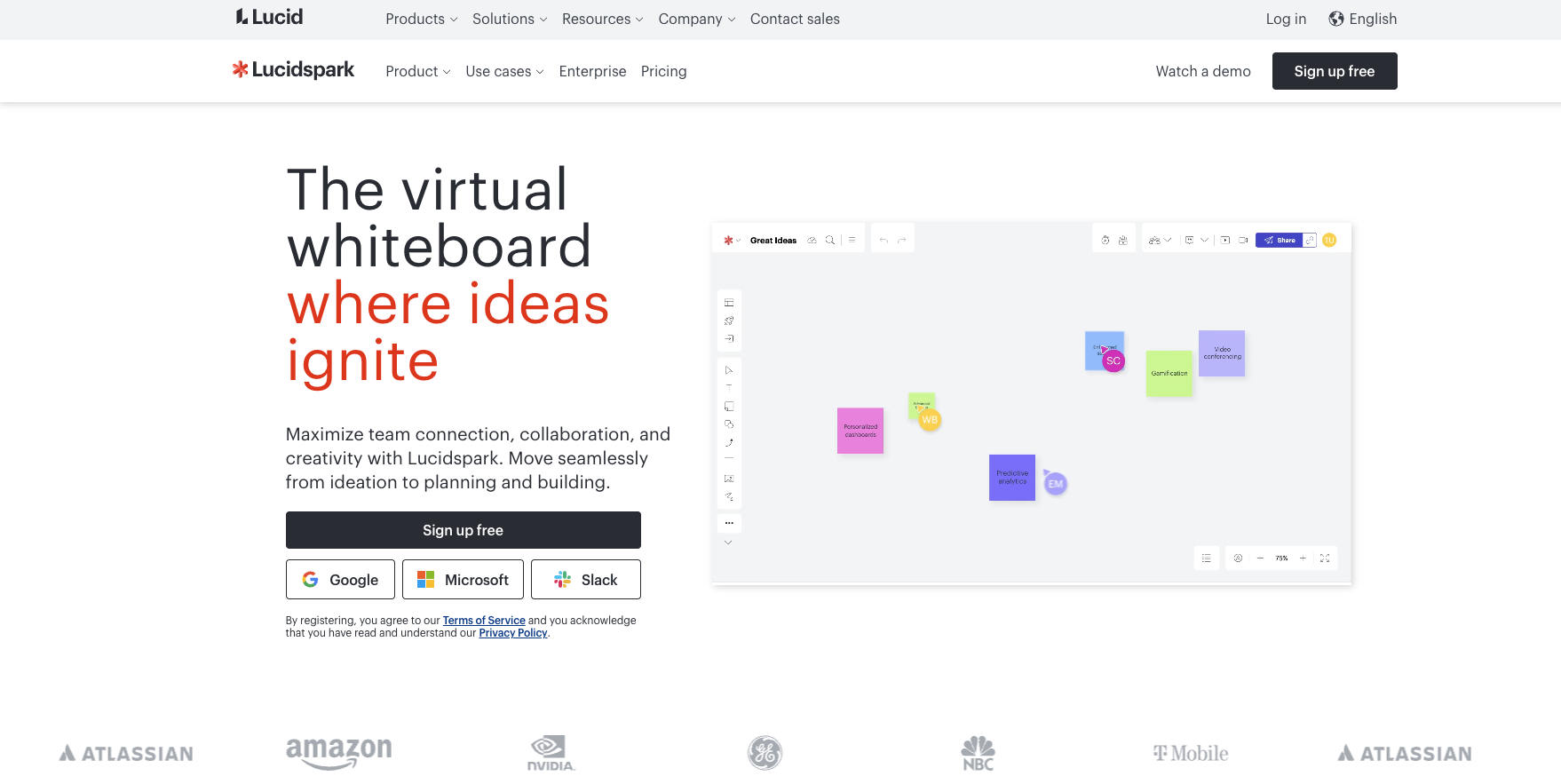
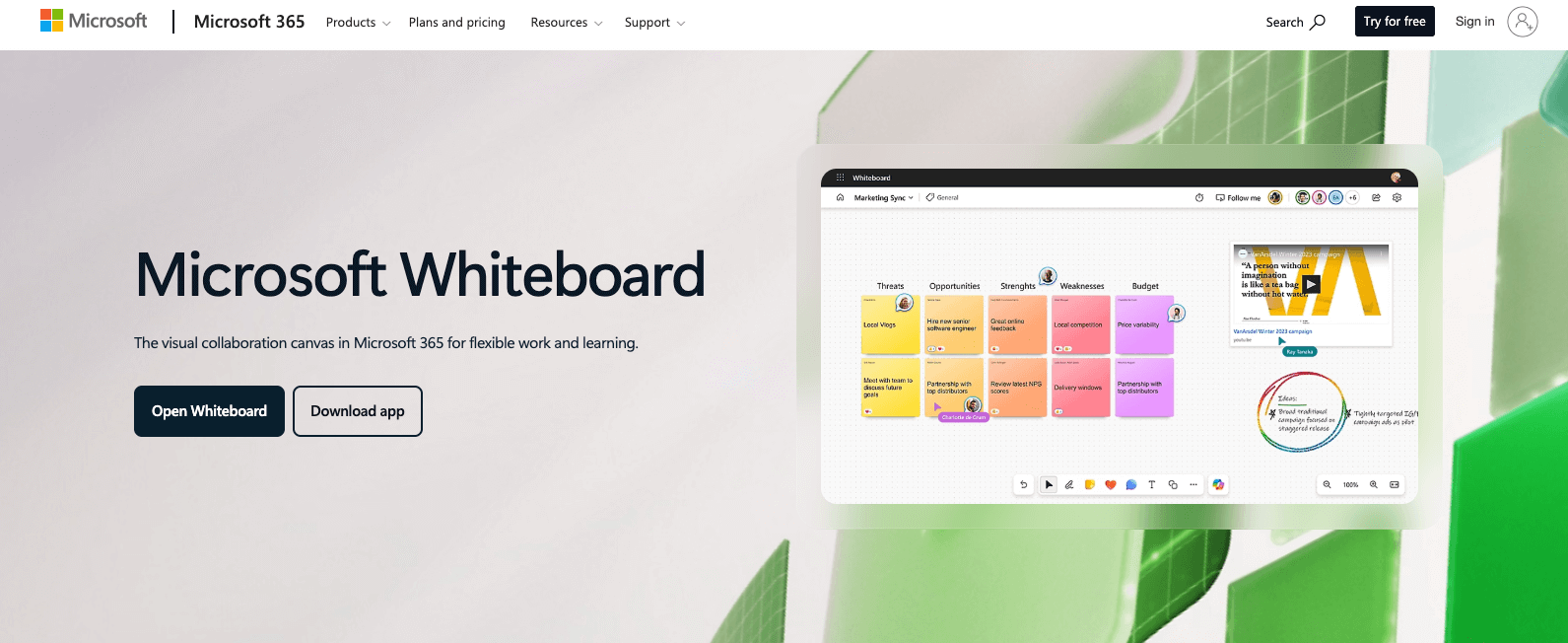
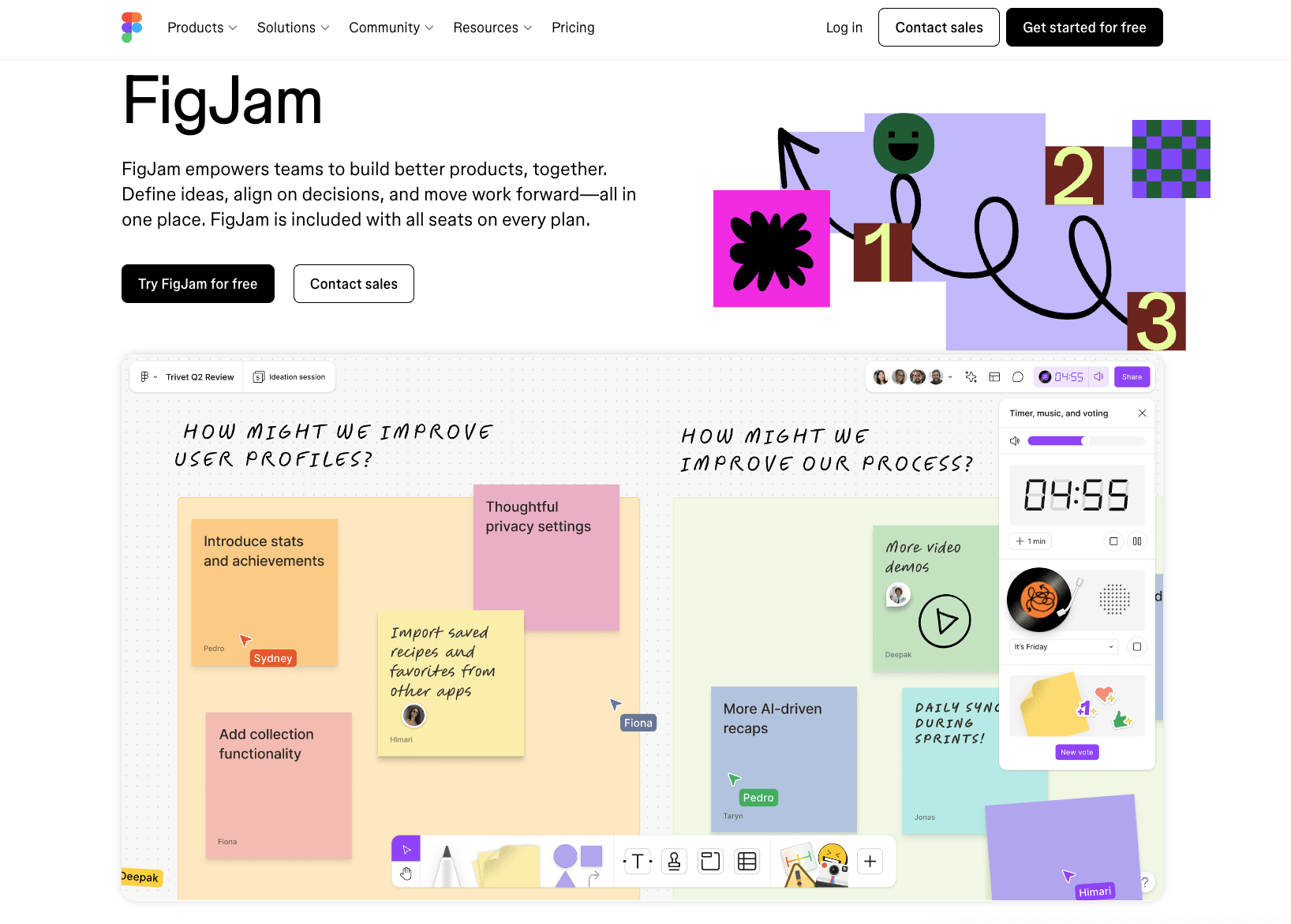
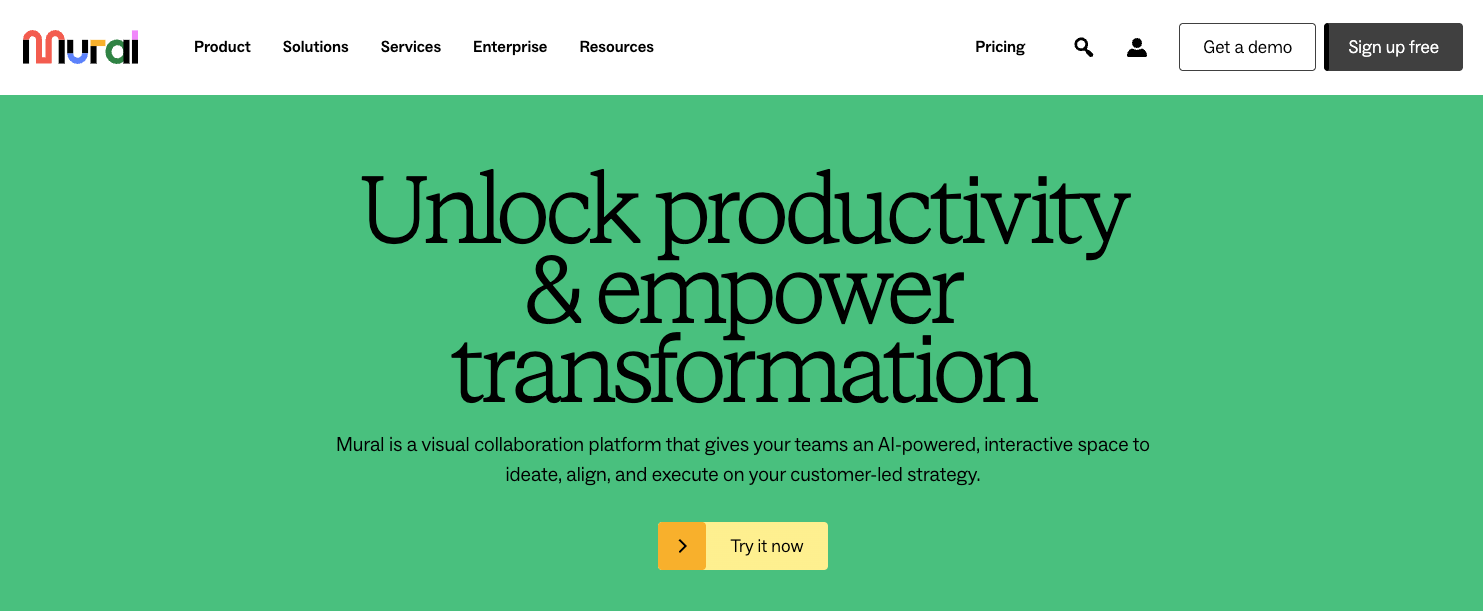
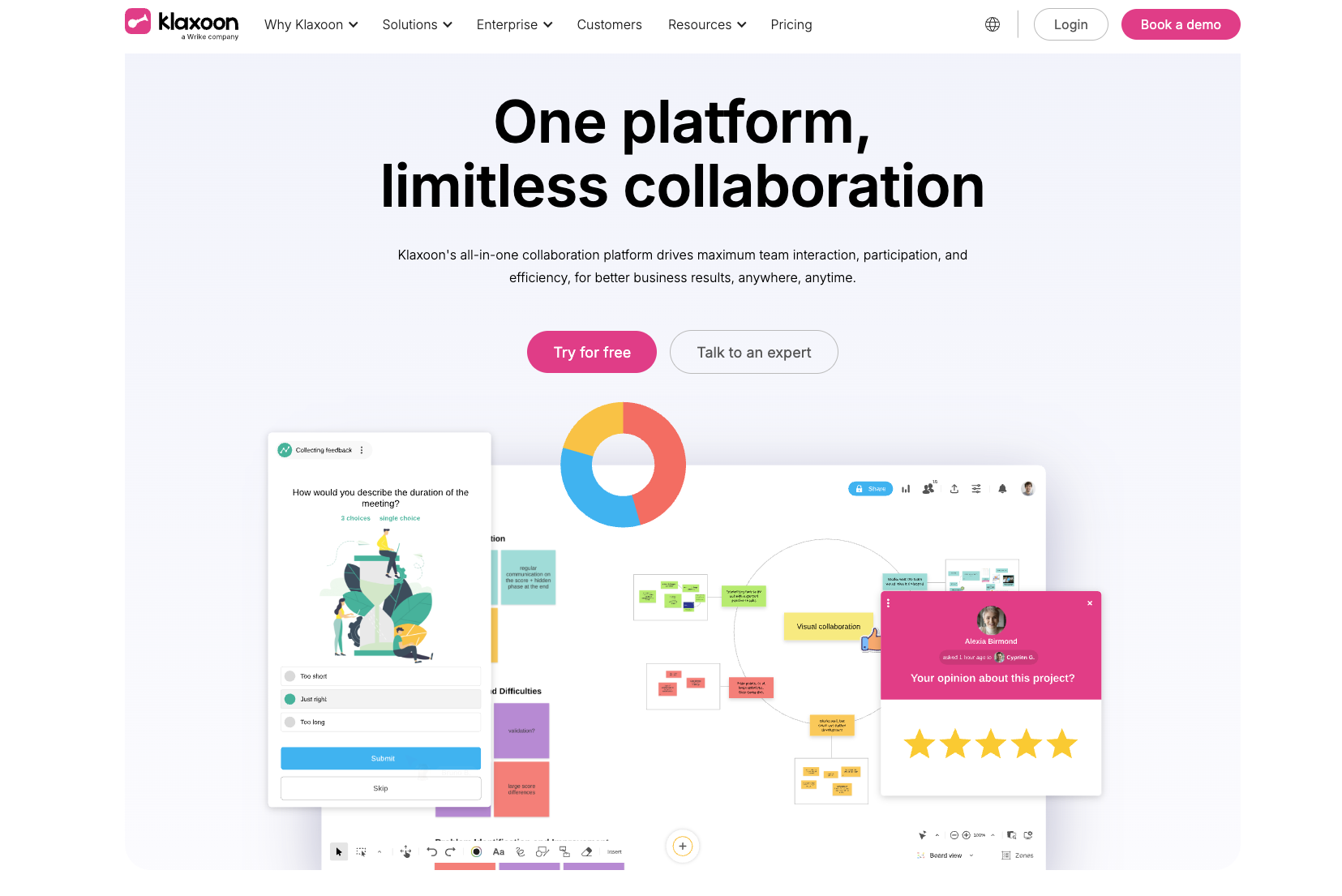

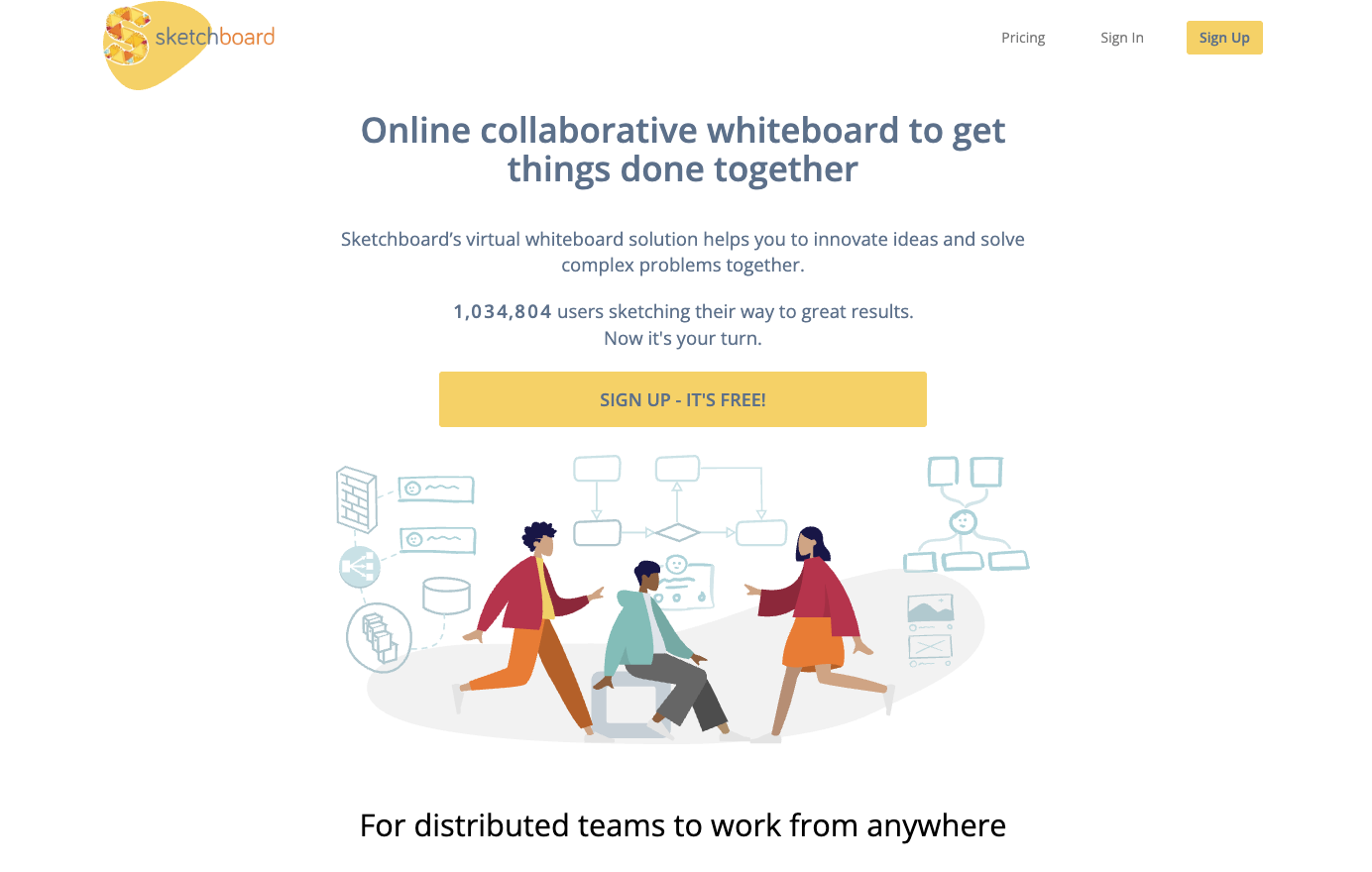
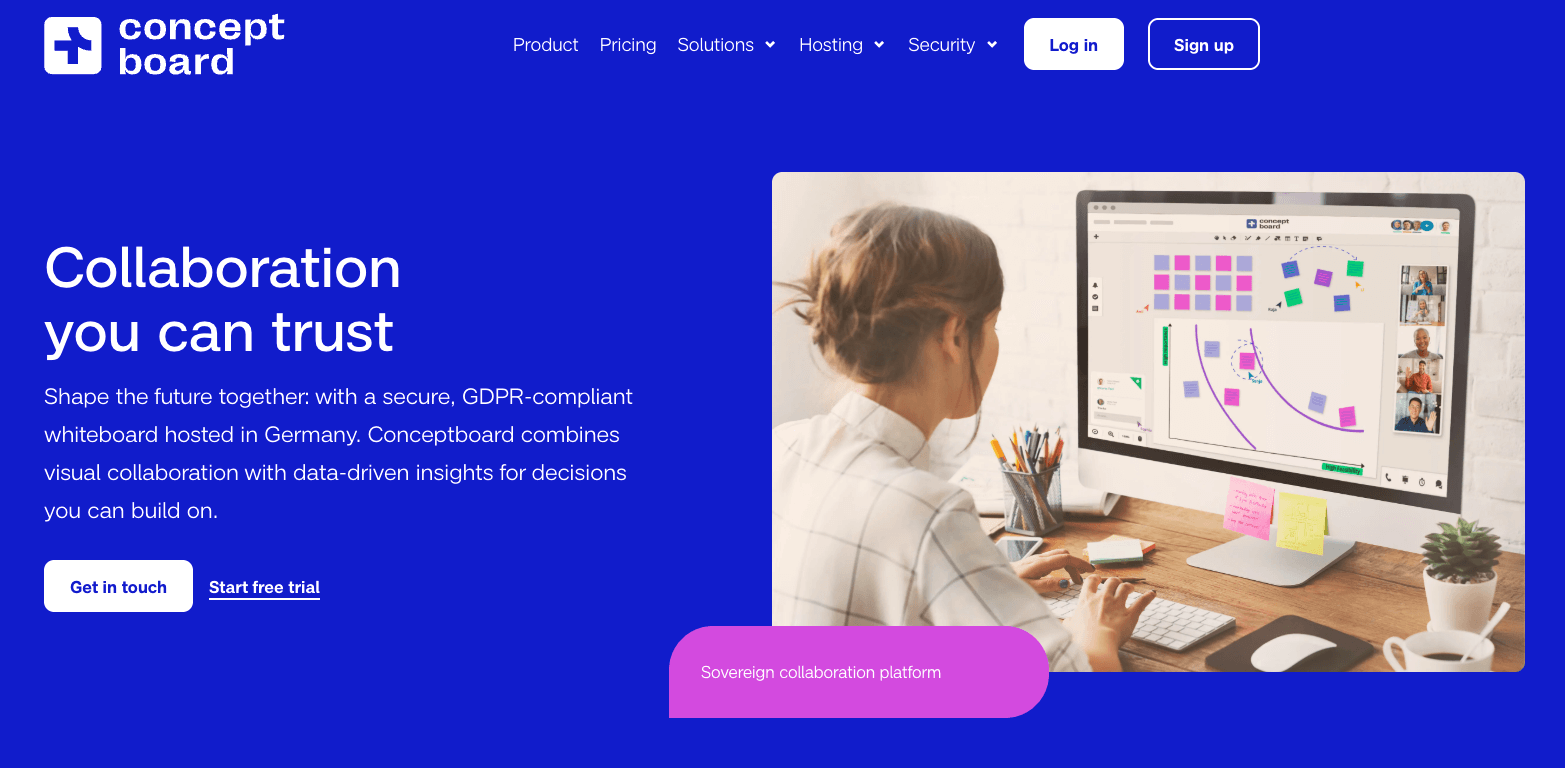
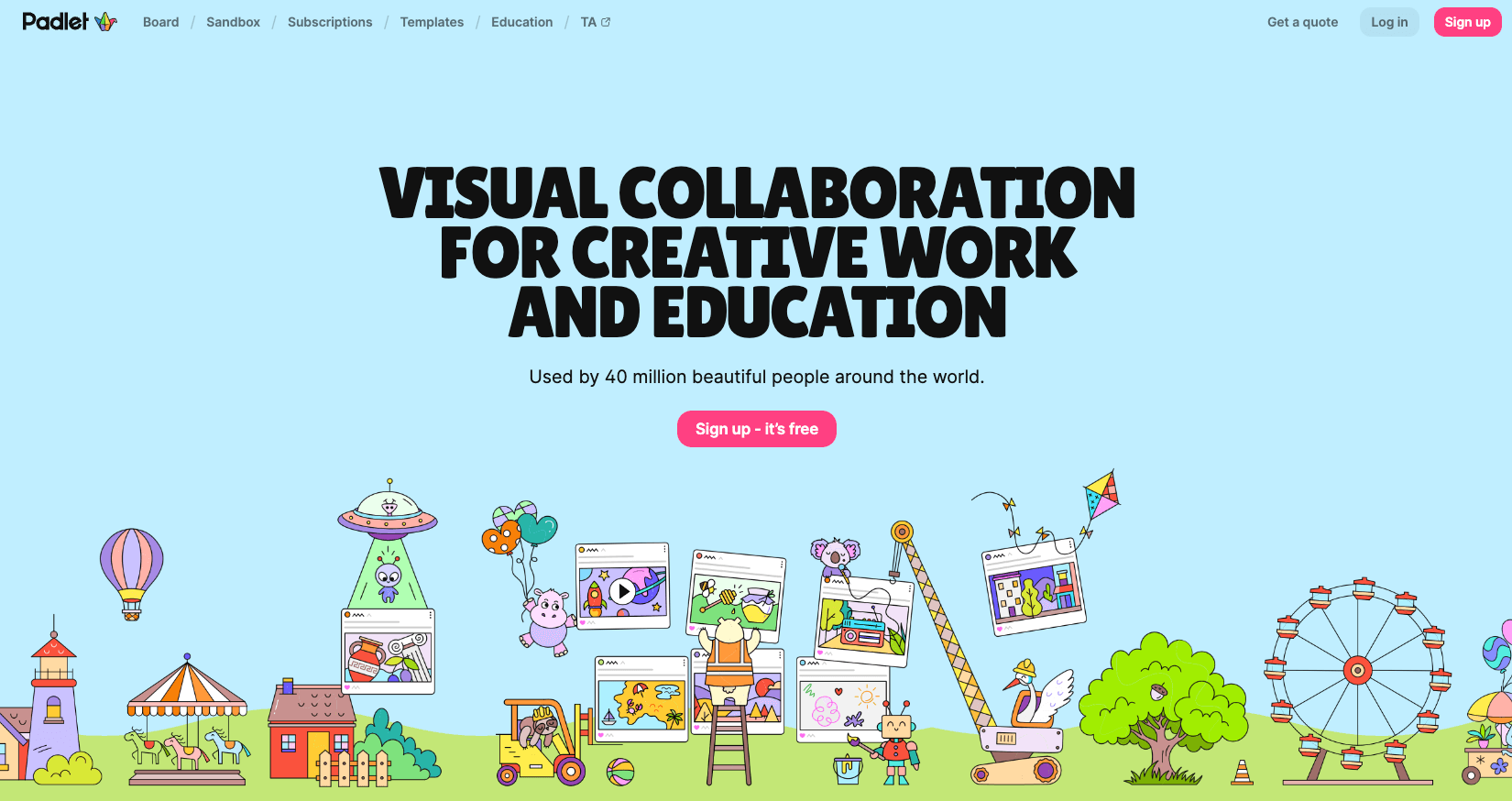




















Send Comment: